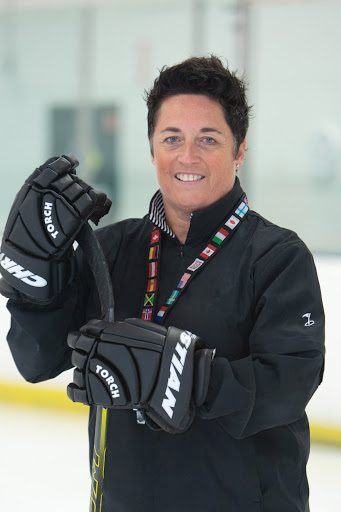Sexual orientation is not specifically covered under the current language of Title IX.
When Title IX was enacted in 1972, it was designed to stop discrimination based on gender. The federal civil rights law stipulates:
“No person in the United States shall, on the basis of sex, be excluded from participation in, be denied the benefits of, or be subjected to discrimination under any education program or activity receiving Federal financial assistance.”
The landscape of college sports was forever changed once Title IX took effect, and women’s sports in general took off. But decades later, it’s becoming more apparent that the language of Title IX may, in fact, be limiting. The U.S. Department of Education’s Office for Civil Rights (OCR) states that Title IX doesn’t exactly cover discrimination on the basis of sexual orientation.
As a result, many female college athletes and coaches who identify as lesbian are having a hard time navigating the legal side of college sports. Cases in which coaches feel they have been unfairly treated due to their sexuality have to pursue a Title IX lawsuit based on gender discrimination first and foremost, as is the case with former women’s hockey coach Shannon Miller.
But a current case involving Pepperdine University, where two lesbian basketball players left the team citing discrimination, is challenging the breadth and depth of Title IX. Based on an LA Times report, U.S. District Judge Dean Pregerson ruled that “discrimination on the basis of sexual orientation is not a separate category of discrimination, but rather, such claims fall under Title IX’s view of discrimination on the basis of gender or sex.”
Dawn Brown, former women’s basketball head coach at Prairie View A&M University, was recently fired after suspending two players on her team because they were dating each other. The players filed a Title IX complaint and the case is being investigated. Brown said that she was simply enforcing a rule that had already been approved by the school’s Title IX coordinator. But if Title IX originally included sexual orientation, then the coordinator might have not approved the rule.
While each of these cases may differ on details, they clearly call the language of Title IX into question. Discrimination based on sex is not the same thing as sexual orientation. It’s 2016. Title IX needs to get with times. The law needs to be amended.
